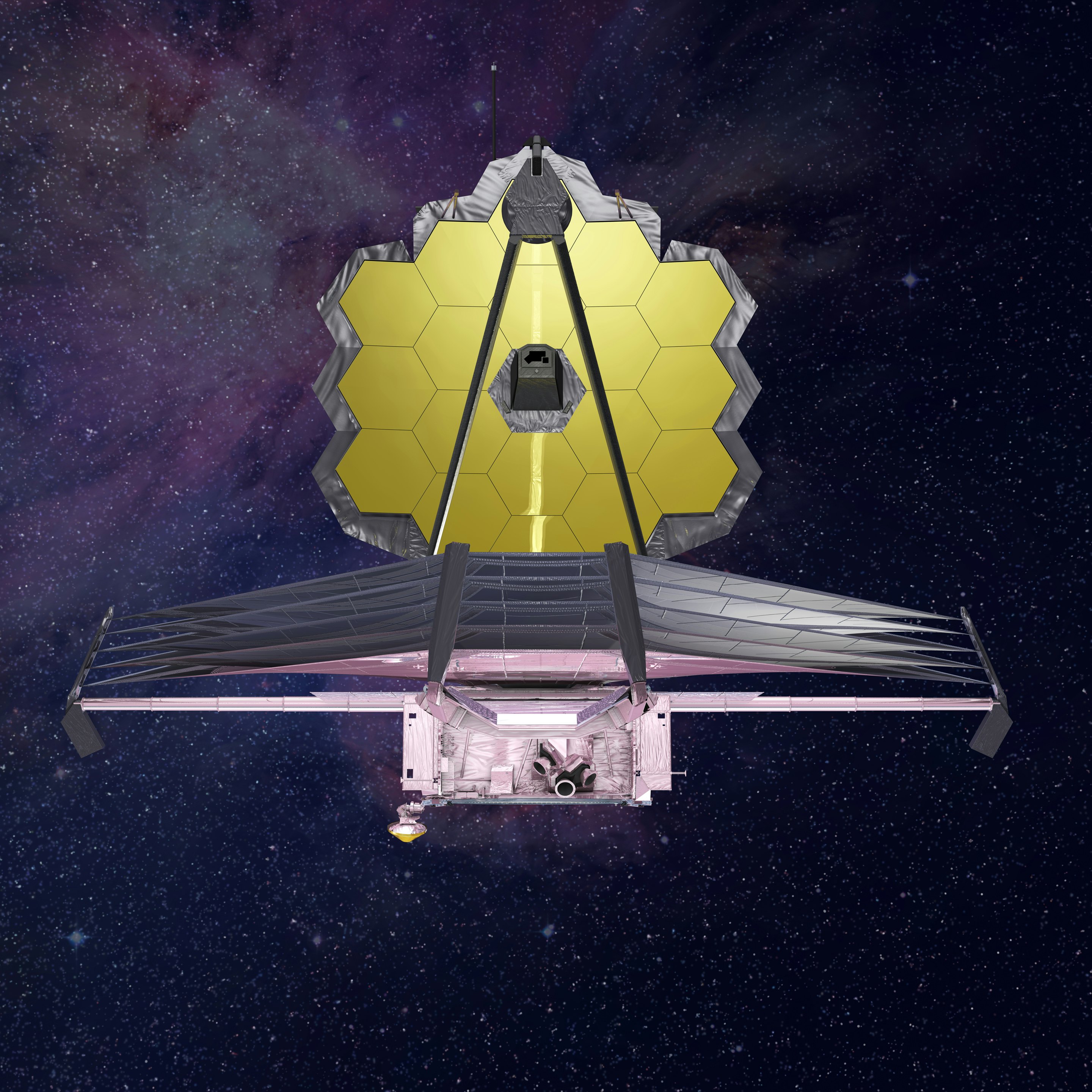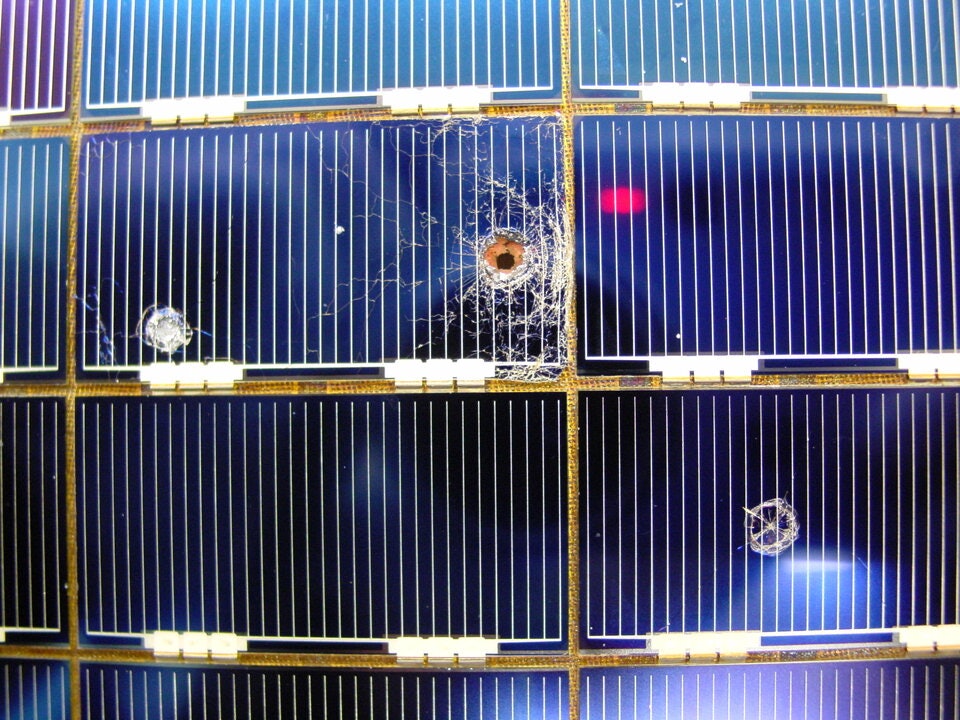
The James Webb Space Telescope is less than ten days into its science observations and has already stunned the world. It has illuminated the textures of the Carina Nebula and magnified millions of faraway galaxies in a tiny slice of sky. All this — and it’s already damaged.
What’s new — In a commissioning report, the Webb Telescope team included an image of the telescope’s giant, honeycombed primary mirror that betrays the damage inflicted by a piece of space debris that smacked into the Webb sometime between May 22 and May 24, 2022.
The dust hit Webb’s C3 mirror and caused “significant uncorrectable change” to the mirror’s shape, according to the report. In an image, the damage can be seen as a bright light marring the otherwise cool gray surface of the mirror.

A cosmic equivalent to a funhouse mirror, this aberration in the mirror’s shape distorts images — a phenomenon called wavefront error.
The strike to C3 raised the wavefront error of that mirror segment to 280 nm rms from 56 nm rms.
Fortunately, the telescope can partially correct these errors by realigning the other mirror segments to compensate for the distortion — they got C3 back down to 59 nm rms. The overall image quality is still stellar. The images we’ve all been staring at for the last week were taken after the micrometeoroid strike in May, after all.
Why it matters — Mission scientists are less worried about this impact and more about what it means for the future.
“The current largest source of uncertainty in models is the rate of mirror surface degradation from micrometeoroids,” state the authors of the report.
Webb’s time is limited. The observatory was built to last at least five years and could function for as long as 20, though no one knows for sure what limiting factor will eventually force it into retirement, or when.
One of the biggest unknowns is space debris — in Webb’s case, micrometeoroids that weigh less than a gram. These minuscule space rocks are expected to hit Webb about once a month and have minimal effect on its capabilities. Larger impacts could happen every few years. Over the minimal lifespan of the telescope, that means astronomers predict at least 60 micrometeoroid hits to Webb.
In the crosshairs
The James Webb Space Telescope’s primary mirror is an $11-billion, 21-foot-wide, golden target largely at the mercy of space debris. The telescope orbits the Sun at the second Lagrangian point (L2), one million miles from Earth. That’s more than four times farther from the Earth than the Moon.
L2 is supposed to be a relatively debris-free zone, balanced between the gravitational pulls of the Earth and the Sun. Scientists expected occasional hits with minimal damage, and, except for the mote that smashed into C3 in May, that’s pretty much what has happened. Six other micrometeoroids have hit Webb’s main mirror so far, about one each month the telescope has been in space, and had negligible impact.

The May strike stands out. Remember the funhouse mirror and waveform error? Each section of the mirror was expected to accumulate 16 nanometers of waveform error every six years. After the strike in May, C3 showed ten times that margin of error.
The Hubble Space Telescope also suffered strikes from space debris, but its position a mere 340 from Earth has allowed astronauts to rocket up and fix it. A million miles away, Webb is on its own.
What’s next — Webb scientists are now investigating whether the large micrometeoroid that hit C3 was an anomaly or an early warning of future impacts. It could have just been bad luck. After all, they expected an impact like this to happen every few years, so why not in year one?
“The project team is conducting additional investigations into the micrometeoroid population, how impacts affect beryllium mirrors, and the efficacy and efficiency tradeoffs of potential mitigations,” the report states.
In terms of minimizing impacts, the team might tweak the direction that the observatory faces, for example.
This tactic could be especially useful in the next few years when the telescope will likely pass through the debris left behind by Halley’s Comet in 2023. Ultimately, this is not the first, nor the last, time Webb will take a beating — but we can be better prepared for it when the next one comes.







